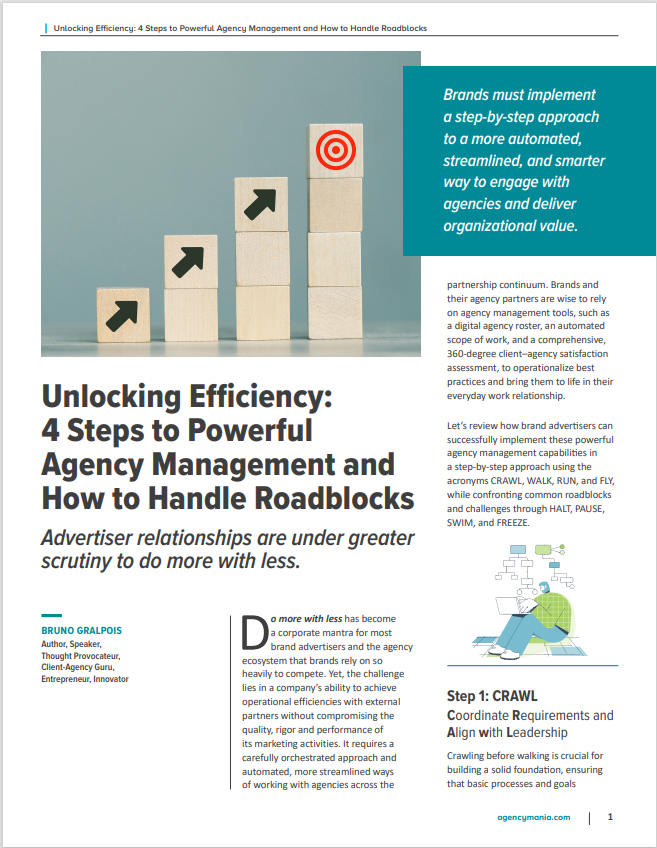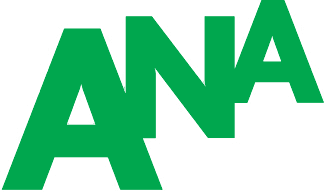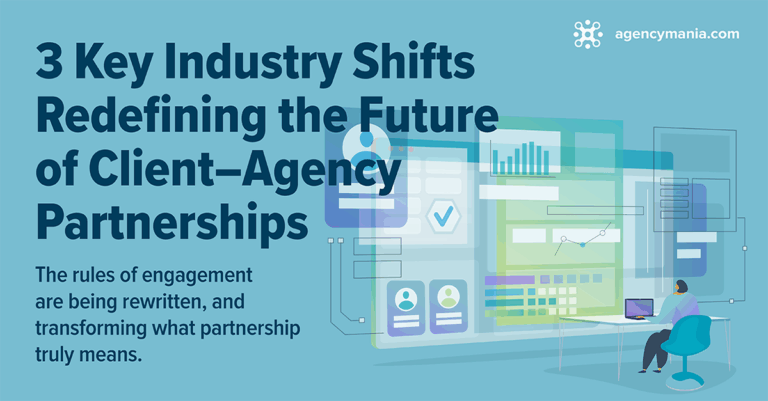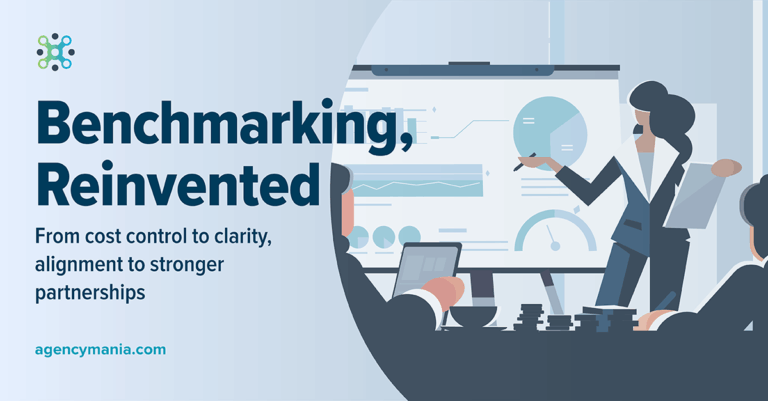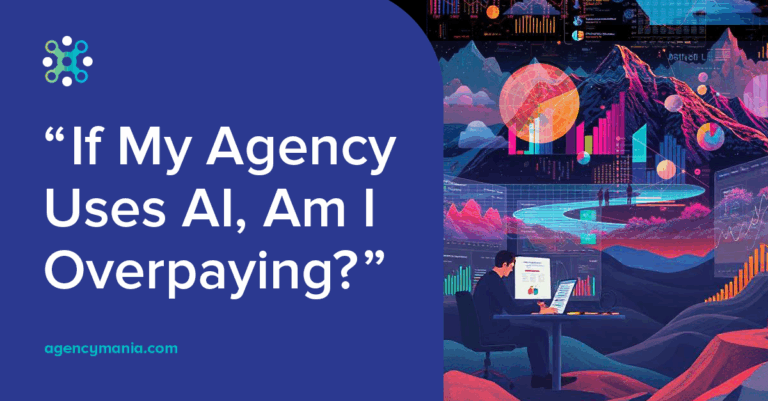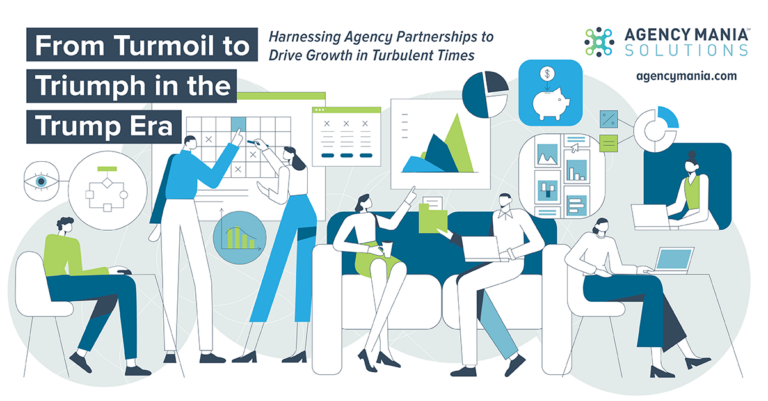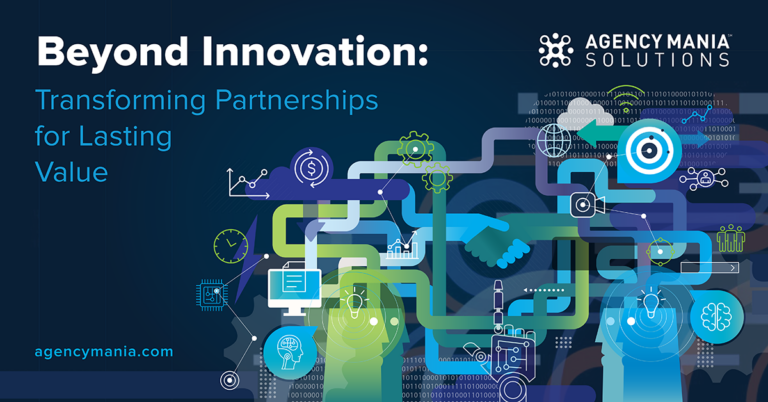Advertiser relationships are under greater scrutiny to do more with less. Brands must implement a step-by-step approach to a more automated, streamlined, and smarter way to engage with agencies and deliver organizational value.
“Do more with less” has become a corporate mantra for most brand advertisers and the agency ecosystem that brands rely on so heavily to compete. Yet, the challenge lies in a company’s ability to achieve operational efficiencies with external partners without compromising the quality, rigor and performance of its marketing activities. It requires a carefully orchestrated approach and automated, more streamlined ways of working with agencies across the partnership continuum. Brands and their agency partners are wise to rely on agency management tools, such as a digital agency roster, an automated scope of work, and a comprehensive, 360-degree client–agency satisfaction assessment, to operationalize best practices and bring them to life in their everyday work relationship.
Let’s review how brand advertisers can successfully implement these powerful agency management capabilities in a step-by-step approach using the acronyms CRAWL, WALK, RUN, and FLY, while confronting common roadblocks and challenges through HALT, PAUSE, SWIM, and FREEZE.
Step 1: CRAWL (Coordinate Requirements and Align with Leadership)
Crawling before walking is crucial for building a solid foundation, ensuring that basic processes and goals are clearly defined. One significant challenge for brands is identifying requirements: determining what aspects, activities, or processes of their relationship with their agencies would benefit most from automation and task simplification, especially when resources are increasingly scarce. The answer lies in identifying where the greatest impact can be made from an ROI perspective, what resources are needed to execute, and then securing alignment with marketing leadership and CMO buy-in.
Recommended actions:
- Identify processes and tasks that are manual, cumbersome, overly time-consuming, or redundant for your internal teams or agencies.
- Estimate productivity gains realized from streamlining or automating those processes and tasks.
- Articulate benefits and use cases and align them to other potential company initiatives.
- Identify resources needed.
- Secure leadership buy-in and support.
Step 2: WALK (Welcome Assessment and Learning Kickoff)
Once alignment has been reached and requirements are well documented, the design and implementation of the solutions can start. In some instances, especially in large or highly decentralized organizations, a phased approach may be necessary. A thorough initial assessment is important. Create a welcoming environment, and focus on key learning points to build a strong foundation for the client–agency relationship using agency management tools.
Recommended actions:
- Socialize the benefits and value of the tools to stakeholders.
- Create a welcoming environment by building excitement; leverage executive air cover.
- Allow user feedback early on to learn what works, what doesn’t, and why.
- Take corrective action to improve the user experience and outcome.
Step 3: RUN (Refine, Utilize, Navigate)
Agency management tools deliver immediate value. For example, they enable a marketing organization to quickly access a qualified roster of approved agencies and select the right partner for a given assignment, relying on detailed profile information. Or perhaps the process of creative scope of work is now highly collaborative, insightful, and transparent. Advanced reporting allows the analysis of investment opportunities, reallocation of resources, and a more streamlined approach to conducting reconciliation of projects and agency resources. The assessment of the work relationship is now based on greater insight, mutual accountability and is driving well-informed action plans. In all cases, these capabilities should be fine-tuned over time based on feedback. As a result, both internal teams and agencies can navigate their workflow more easily and productively, collaborate more effectively, and ultimately derive greater benefits from the partnership.
Recommended actions:
- Leverage tools such as roster, scope, and evaluation to improve the work and inform decisions.
- Identify areas for improvement and refine capabilities.
- Fully utilize agency management tools to improve the work and the partnership.
- Establish a more collaborative and streamlined way of working and focus on improving the outcome of the partnership.
Step 4: FLY (Foster Lasting Yields)
Once agency management capabilities are in full use internally, measuring their impact is crucial to keep improving the relationship between brands and their agencies. By leveraging advanced collaboration and communication tools, brands can ensure that all parties are aligned, informed, and working efficiently toward shared goals. The tools not only facilitate transparent and real-time communication, but they also reduce misunderstandings and misalignment of expectations, streamline workflows, and integrate systems for easier data sharing. The big benefit? Teams can focus on strategic tasks rather than administrative burdens. Moreover, agency management tools help capture valuable data and insights, which can be tapped to continually refine and enhance marketing strategies. The result is a more cohesive partnership that maximizes return on investment and drives consistent, long-term value.
Recommended actions:
- Identify key performance indicators and measure their impact on the business and partnership.
- Secure continued buy-in and support.
- Identify how those tools can be fully integrated into the broader company tech stack.
- Secure adequate funding to sustain the capabilities.
In this final stage (FLY), the focus is on realizing long-term value from the partnership, enabled through agency management tools.
At every stage, however, brands will face various challenges and roadblocks that might slow down or even compromise the successful implementation of the tools. Here are four approaches to such pitfalls:
HALT (Hinder Actions Limiting Trust)
One challenge can be a lack of transparency or trust in the partnership. Do both parties feel that their information will be used responsibly? For example, agencies may feel they are being asked to provide detailed pricing information that could be used in ways detrimental to the partnership. Will clients trust their agencies to lean in and commit to the effective use of agency management tools? The tools are intended to increase access to data and improve visibility. They work best when both parties trust that the tools will add value to the relationship and the work.
PAUSE (Problem Assessment and Understanding for Sustainable Engagement)
Agency management tools can expose gaps and inadequacies because of the increased visibility throughout the work relationship. Ultimately, this is highly beneficial. As problems arise, however, the exposed shortcomings can be a source of tension and pushback. It is important to remember that identifying problems can enhance the understanding of the relationship and drive positive change that proves fruitful in the long term.
SWIM (Stop Wasting Insane Money)
Over the course of a client–agency relationship, a significant amount of waste is likely to occur. Clients waste time and valuable resources on tasks and activities that would be far better leveraged on value-add work. Agencies waste energy and time chasing down information, duplicating efforts, and compiling and reporting data that automation could easily handle. Brands need to channel their efforts and their money toward value-add, strategic work.
FREEZE (Focus on Resolving Errors and Eliminating Zones of Escalation)
Agency management tools work as a lubricant on the core mechanism of the partnership. As challenges are identified, both parties will need to invest time and effort in troubleshooting the issues. The entire organization must share that responsibility, at all levels of engagement, so none of the problems become a source of escalation. You can’t improve what you don’t measure. You also can’t fix what is inherently invisible. This is an opportunity to drive improvements in all aspects of the partnership.
Unlocking operational and partnership efficiencies has become a necessity for most companies. As Ewan McIntyre, VP Analyst and Chief of Research at Gartner, points out, “CMOs are living in an ‘era of less.’” Amid budget pressure and stretched resources, the importance of streamlining how the work gets done and automating most tasks has never been greater. Every asset, every resource must work harder. This is where agency management tools play a pivotal role, significantly amplifying the value of brand–agency partnerships.

Author, Speaker, Thought Provocateur, Client-Agency Guru, Entrepreneur, Innovator

